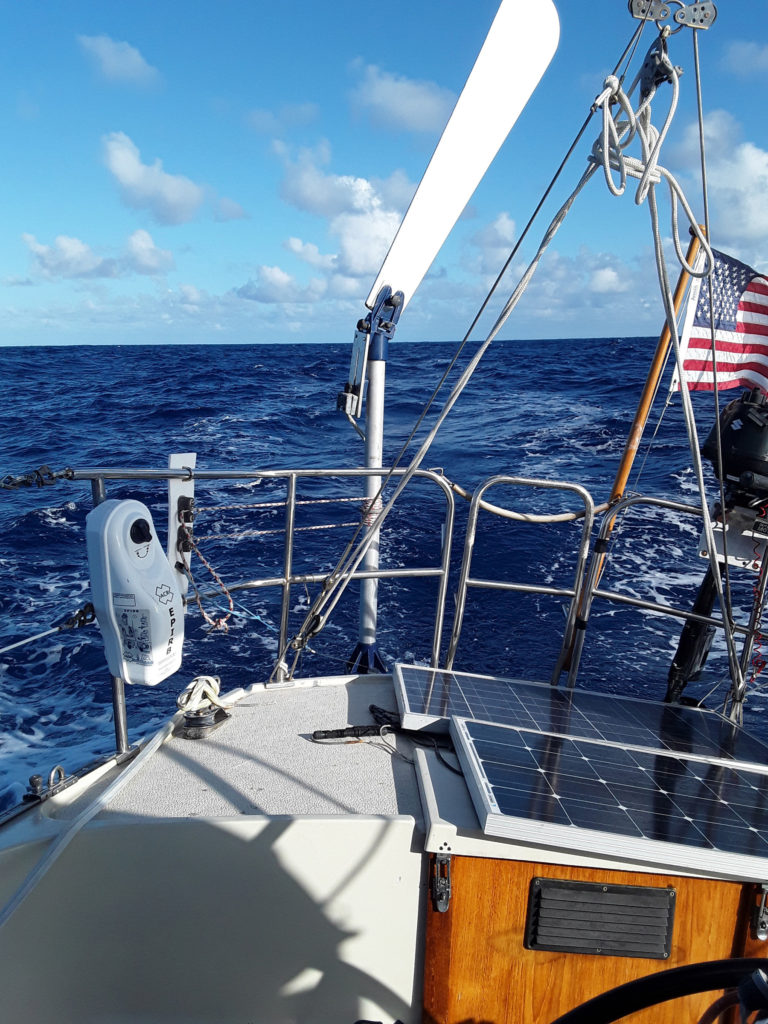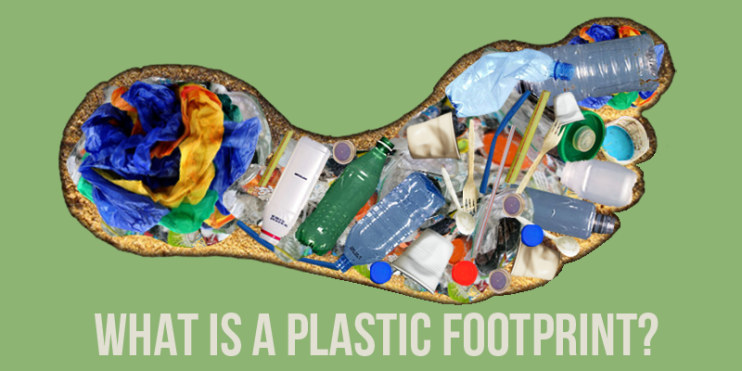Traveling to where there are no people, one sees new things, and things anew.
Port Townsend, WA, 11-NOV-2020 – Our first landfall in Alaska was Hot Springs Cove, Inanudak bay, Umnak Island, Aleutians on the Bering Sea side.
The crossing had been uneventful, with good weather the entire way. There were no major equipment failures, and by using our windvane for most of the trip, the sounds were of wind, water against the hull, and the propeller, driven by the streaming water.
Hot Springs Cove is large, more than a mile across in a bay that is miles and miles wide with other coves and anchorages. As we entered the Bering Sea through Samalga pass on our way there, the chart showed a small community on the westmost point of the island. Sarah and Wade, two of our increasingly large number of guardian angels, have friends there and said that if we needed fuel they could arrange for us to pick up a few gallons of diesel.
From the Hot Springs Cove beach, there is a steep climb up onto the very green land. A valley with a stream leading through it passes by the spring on its way to the beach. Individual herds of feral cattle dot this wide valley. Each herd is a bull and 7 to 9 cows.
There also feral foxes. In the 1920s and 30s fox stoles were the rage. Fox farms sprang up on islands all over Alaska. When the demand ended, the farms were abandoned and foxes left to fend for themselves.
Between our skittishness of approaching a herd of cows with a bull on lookout and the inclement weather, we never did make it to the hot spring. It turns out that if we had approached any of the herds, the bull would have gathered the cows and moved them to safety.
Other than these misplaced animals, it appears as if there is no evidence of man.
Walking on the beach told entirely different story.
A few days north of Hawaii, while the water temperature was still in the 70s, our propeller picked up a bundled fishing net and two floats attached to it by a 10-foot line. It took a few minutes to figure out what to do, including some time standing on the swim ladder over the stern and judicious use of a GoPro. The solution turned out to just cut the line between the floats and the bundle of net.

Rather than return the net to the sea to float for most of eternity, we gathered it up, put it into a large construction-waste bag and disposed of it when we got to Dutch Harbor.
The net had become a habitat for a remarkable number of crabs of various sizes. None of them look like a variety one eats, so with tongs, we tossed all of them overboard. There is life everywhere.
The net didn’t look like it had been deployed at the time, but, in a bundle, had been swept over the side, or perhaps, dumped over the side.
Walking along the beach on Umnak Island it took a while to notice that the embankment leading up from the beach was reinforced and stabilized by fishing nets that have been washed ashore. The embankment was probably 15-feet tall with layers of net its entire height.
Occasionally, and there were not many, we saw plastic bottles that once held detergent and lubricants. The labels on the containers indicated they were mostly from Asia: Malaysia and Indonesia were the countries we noticed most. It’s anyone’s guess where the ships were when these containers entered the water. But here they were on the beach.
The permanence of this was sobering. We saw nets and containers everywhere we went on the Bering side. It made us very aware of plastic when we returned to Port Townsend. Plastic is like anything else that surrounds us that we’ve never been attuned to.
We now question why is plastic necessary in each application we see.
We’ve never used prepared foods, so Jennifer’s and my generated plastic waste is, maybe, less than the average American. But it’s there, disposable plastic is everywhere.
We’ve come to look at plastic in terms of duty cycle: how long will an object be used before it is waste? We’ve been reading about municipalities abandoning recycling programs because they are too expensive. This dream that recyclable materials would have value and pay for its own recycling is a bubble that has burst. With the exception of aluminum, and possibly cardboard, recycling is expensive.
We’ve been ashore long enough, two months now, that we may be becoming a bit inured to plastic. This is a great fear, or perhaps we’ve managed to dodge most of the plastic that comes our way.
Objects that are made of plastic and are expected to be used for years, seem to be a good use of plastic. Plastic packaging makes me crazy: some things we buy come in paper and cardboard, and we’re fine with that. Given much of what we buy, we buy online, I question why we get display packaging when these objects will never be on display.
Blister packs of heavy plastic make me insane. Designed to hang on a shelf or stand upright, I cannot explain why these products are packaged that way for online delivery, with the concurrent expense and associated waste.
Somewhere along the line Jennifer and I moved from powdered to liquid detergents, for the dishwasher and washing machine, that come in plastic bottles. In an effort to get rid of these plastic containers, I found some miracle laundry detergent that comes in very thin sheets packaged in a cardboard sleeve. The cost per load was eye-crossing, but it seemed like a thing to try.
Jennifer, who has much more common sense than I will ever have, asked why don’t we just go back to powders that come in cardboard containers? A very good question, and so we have.
We as a nation and world talk about carbon footprint, but I’ve come to start thinking about a plastic footprint.* I sail a plastic boat, but at 45 years old and no retirement date in sight, I think this is an appropriate duty cycle. Plastic straws at a lunch place I visited last week alarm me.
A box of tea bags, the least expensive storebrand, to our shock has individually plastic-wrapped teabags. Heavy, good quality plastic that needs scissors to open. Amazon ships small things in plastic bags rather than paper envelopes.
I’ve come to believe the only answer is to treat waste plastic like sewage: Plastic disposal must become part of the civic infrastructure. Like sewage, waste plastic handling must be a recognized expense with dedicated facilities and strategies. Fishing net collection and disposal is a recognized goal in Alaska and other pacific rim shores. In the third world, it appears that like their carbon footprint, they are behind in plastic handling, but will follow the lead of the rest of the world, if it decides to lead.
During those years when we had no cash coming in, we prided ourselves on how inexpensively we could eat. With some money now, in place of a smaller grocery bill, we strive for a smaller plastic footprint. Being on Umnak Island. a place that less than a few dozen people per year will visit, and seeing literally tons of plastic embedded in the beach drove home the permanence of plastics.
*After writing this piece, I went looking for graphics (generally I use my own) and found that plastic footprint is a well-recognized term outside the US. It seems to be gaining ground in the US.
This is an interesting Forbes article on plastic waste per person by country. Not surprisingly, the US leads the world. But, I was very surprised to learn that Germany and S. Korea are very high on the list.
Germany was famous, for a while at least, for requiring that all retailers accept packaging for the products they resell. Jennifer described mountains of discarded packaging at retailers as consumers opened their purchase and left the packaging right there in the store. (I don’t know how returns work in this model.) I had thought this would lead to pressure from retailers to decrease packaging.

